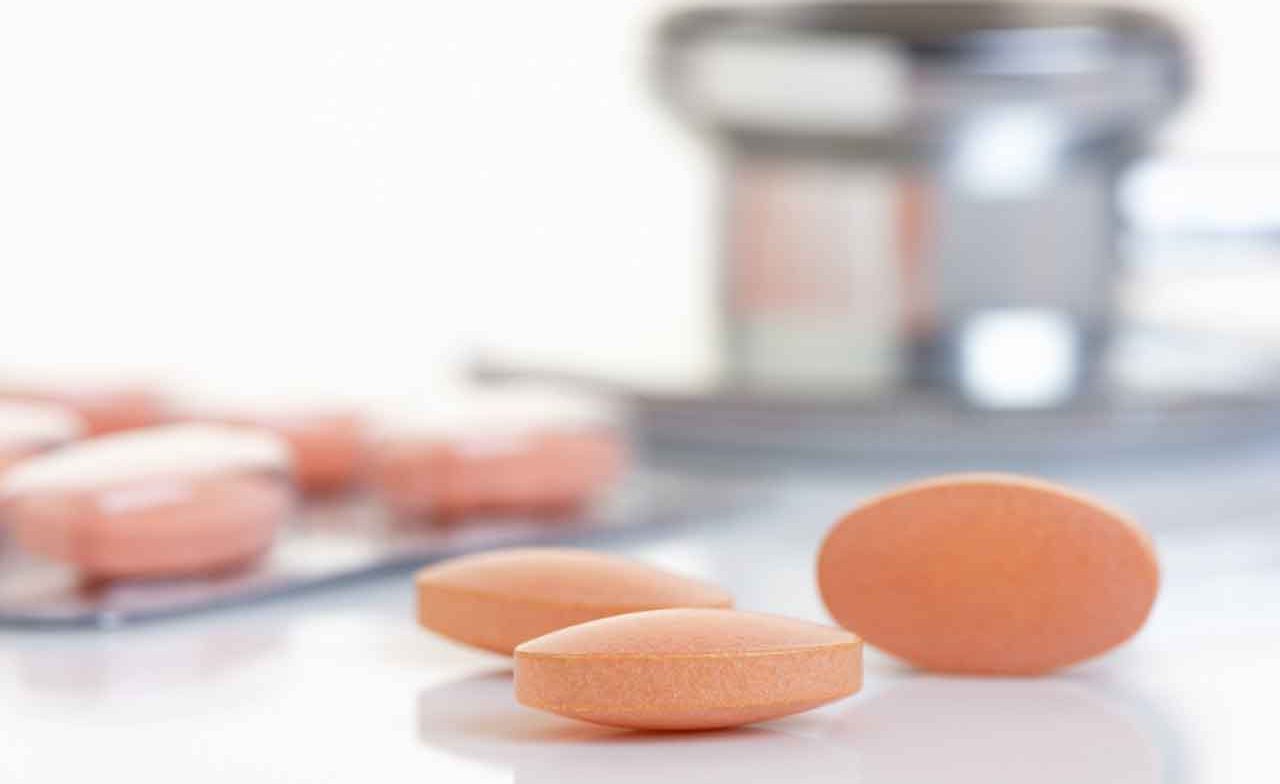Do Statins Increase Your Risk of Diabetes?

The evidence is growing that statins, a standard medication for heart problems and stroke risk, may increase up your chance of another common condition, diabetes.
Statins are widely prescribed to cut your risk of a stroke or heart attack if you have high cholesterol. However, blood sugar, insulin, and cholesterol all affect each other within your body, and it’s not completely clear what happens when medication enters the picture. Your prescription may actually increase your chance of developing type 2 diabetes.
The first step is to know why you’re taking any drug. To decide when to prescribe a statin, most doctors use formulas endorsed by the American Heart Association and the American College of Cardiology. High blood pressure, high cholesterol, smoking cigarettes — and diabetes — all figure into the calculation. But age and sex count the most. So, most men over the age of 60, and nearly all men older than 68, end up with a statin prescription. However, the evidence suggests that if you don’t actually have heart disease, statins will cut your chance of dying for any reason by only about 1 in a 1,000, observes Robert Kaplan, PhD, a former federal government health official who now teaches at Stanford Medical School.
YOU MIGHT ALSO LIKE: Side Effects of Type 2 Diabetes
That may not be a good enough result if you’re worried about diabetes. In a 2019 study that looked at more than more than a million residents of South Korea with high cholesterol, over the next four years, on average, taking statins almost doubled your risk of being diagnosed with diabetes for the first time. Taking a higher statin dose and taking the medication for more time increased your diabetes risk as well. Similarly, in a 2019 study that analyzed the health records of nearly 4,700 Americans in the Midwest (all of whom were considered at risk of heart disease but didn’t have diabetes), those who took statins were more than twice as likely to be diagnosed with diabetes than people who didn’t. If you took statins for longer than two years, your chance of diabetes tripled. Those who took statins were also slightly more likely to have high blood sugar, even if they didn’t have diabetes. (This data didn’t indicate who might have had prediabetes at the beginning of the study and other risk factors, like smoking and drinking alcohol.)
How can you use this information? If your doctor suggests a statin and you don’t have heart disease, open a discussion: Ask if there are reasons in your personal and family history that put your heart at risk and about your risk of diabetes. Every general formula should be tailored to the patient — and that’s you. And keep in mind: If you do have heart disease, the benefits of taking a statin often outweigh the risk of developing diabetes.
If you do opt for the statin, that’s a reminder to work at maintaining low blood sugar levels as your year unfolds. People often change their diet and exercise patterns with the seasons. The first six months after beginning a statin may be important. A separate study of South Koreans looking backwards after a new diabetes diagnosis over three years didn’t confirm the findings above, but it did find that taking statins was associated with higher risk of a new diabetes diagnosis in the first six months.
The good news: healthy habits will address both heart risk and blood sugar. There are no tradeoffs, and you know what you need to do.
Quit smoking — or don’t start. Lose any extra pounds. Take a walk after you eat in the evening —a good way to both improve your cholesterol numbers and control blood sugar. You also need aerobic exercise that makes your heart pump, ideally for a half hour five days a week. One strategy might be to commit to the after-meal walk on any day you don’t have a work-out. Also, don’t neglect muscle-building with classes like Pilates or using weights. Staying strong will also help both your cholesterol and blood sugar.
A good diet to improve your cholesterol and blood sugar numbers should work at the same time to manage your weight, though you may also need to watch your portions and eat within a 10- or 12-hour window during the day (that usually means no late-night snacking). Limit red meat and full-fat dairy, and lean towards nuts, fish, olive oil, and avocados for healthy fat. Eat foods with soluble fiber — oats, fruit, beans, lentils, and vegetables are all good choices.
Updated:
April 24, 2020
Reviewed By:
Janet O'Dell, RN